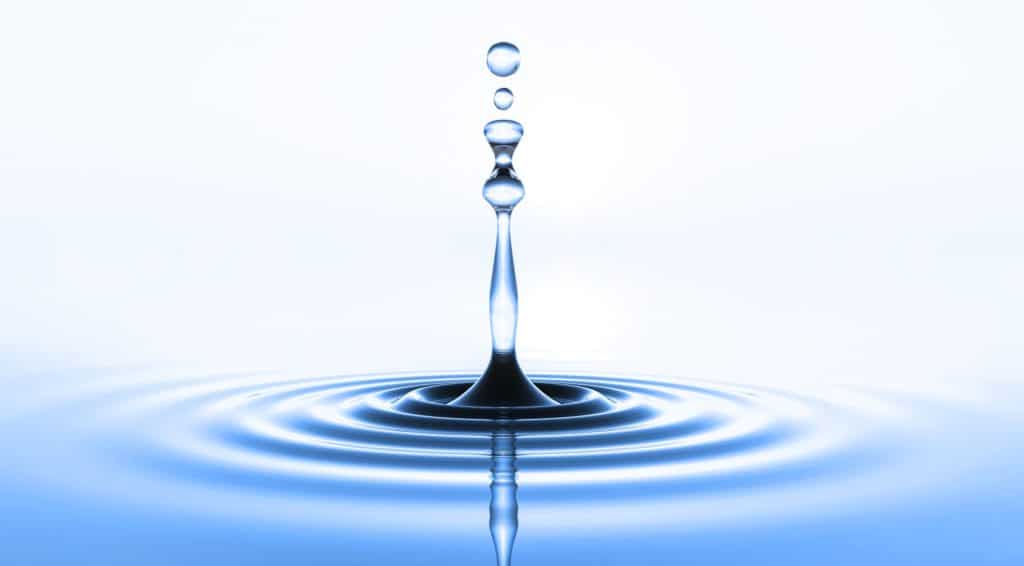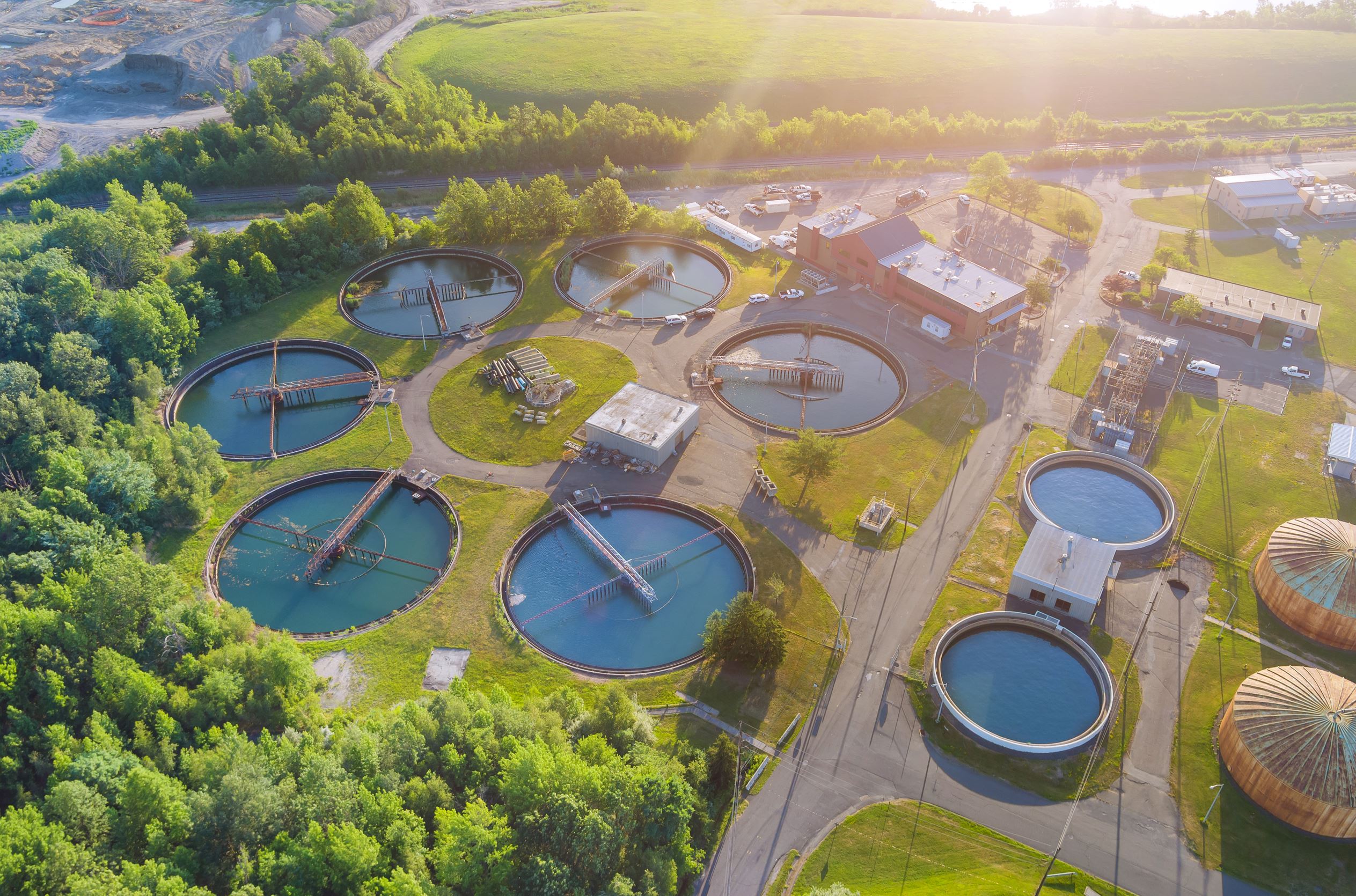Latest posts by James Richmond (see all)
Water scarcity will directly affect nearly 20% of the human population by 2025, according to several United Nations reports, and will indirectly affect the rest of the planet’s inhabitants as well as entire economies and ecosystems.
Smart water systems based on the combination of the Internet of Things, big data and AI technology can help prevent these predictions from happening and repair the damage caused by careless use of resources in water.
Let’s explore the exact impact of smart water systems on the consumption, conservation and quality of the planet’s water resources.

Smart Water Management (SWM) defined
Smart Water Management requires the integration of systems and a set of measures to monitor, control and regulate the use of resources and the quality of water as well as the maintenance of associated equipment (pipes, pumps, etc.)
Has a wide range of hardware and software tools, including sensors, gauges, visualization and data processing tools, as well as web and mobile controls and actuators that connect people to water systems.
Let us take a closer look at the technologies underlying intelligent water management systems.
Modern smart water technologies
Today, smart water technology brings transparency and improved control to the entire water supply chain, from freshwater reservoirs to collection and treatment used waters.
This category includes IoT devices for water management, systems and software tools that optimize water production, distribution and consumption, and enable smart water treatment practices.

Sensors
The sensors have many applications in smart water management due to their variety and intended uses. In a very basic water supply chain, the sensors measure:
- the quality of the raw water in the basin, the chemical composition of the water after treatment and of the waste water, etc .;
- quantity changes in the tank,
- pressure on the pipes in the distribution line,
- wear and tear on equipment and machines that treat and distribute water to end users and more.
Using data collected by IoT water sensors, managers at various points in the water supply chain receive key information about changing conditions of water resources and equipment and can take corrective action verified against data.
Smart meters and monitoring systems
Smart meters and monitoring hubs allow realtime water consumption measuring, help identify overly excessive usage and waste points as well as correct usage patterns and make predictions for future consumption.
This water management technology is useful for production and distribution managers and bulk households. Using smart meters and water monitoring systems, we can correct water consumption routines and reach sustainability and budgeting goals.
Automated distribution systems and precision algorithms
More and more companies switch to fully automatic water management practices. Using environmental sensors and predefined or machine learning algorithms, distribution systems can dynamically regulate and control the supply of water. For example, in the case of smart irrigation, the sprinklers will only provide enough water based on the results of the sensor for soil moisture, air humidity and the condition of the crops.
Objectives of smart water management
The main objective of smart water management is to use and recycle water resources in a rational and sustainable manner. A growing population, growing environmental problems and pressures on agriculture and food industries make water an even more valuable asset.
In this regard, water management technologies and practices pursue the following objectives:
- Reduce wastewater is used in large quantities for agriculture, manufacturing and power generation. It implies the introduction of hightech practices like precision farming, smart irrigation, crop water management, realtime water metering and other applications of Internet of Things in agriculture. Learn about our agriculture software development services.
- Improve water quality and prevent contamination by chemical waste and natural pollution such as acidification. In order to improve and maintain the quality of water, companies use sensors and IoT technology for realtime monitoring and control.
- Improve the efficiency of water systems such as water collectors, treatment plants, distribution networks and wastewater recycling centers. Using IoT and data solutions for asset management, businesses can capture critical metrics like water pressure, temperature, flow, etc., integrate predictive maintenance and prevent outages and appliance downtime.
- Implement leakage control by using smart water management devices equipped with leak and moisture sensors. Given that almost $3 billion are spent on fixing the damage caused by leakage yearly, leakage control is essential to keep water resources and budgets safe
- Practice consumption monitoring via IoT based water management systems. It helps to optimize and keep under control the usage of water resources at different levels — households, communities, countries and the whole planet.
Do you need advice on the best IoT technologies to meet your unique use-case or support to design, build and manage your IoT Smart Water Solution – Get in touch!
View Smart Water Solutions from M2M Connectivity





